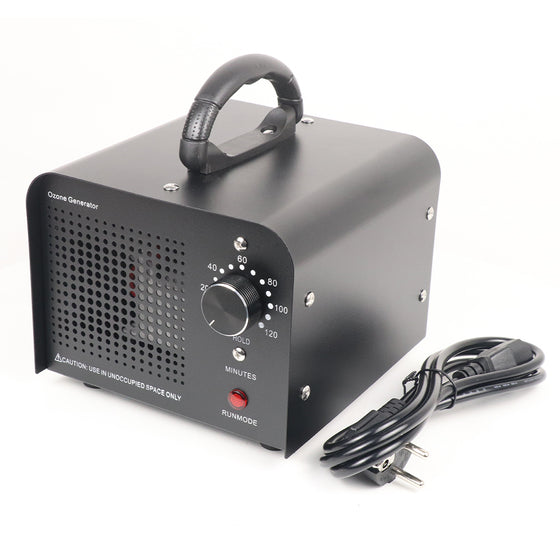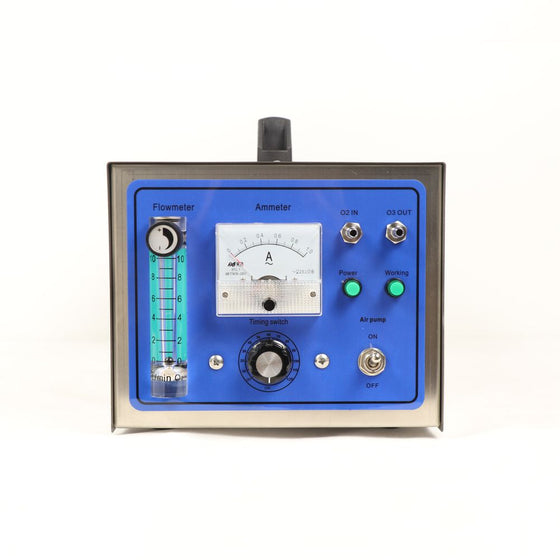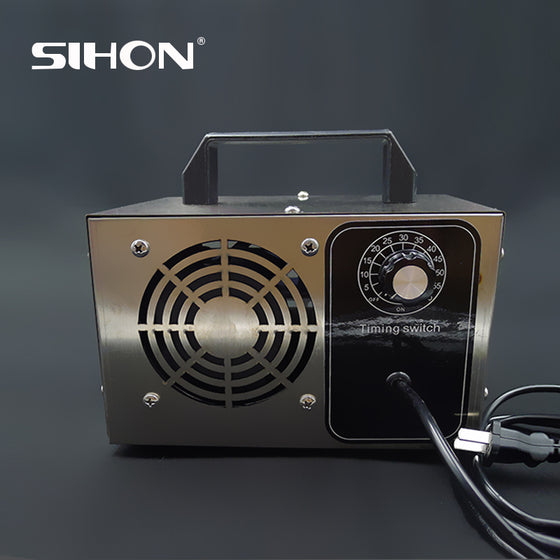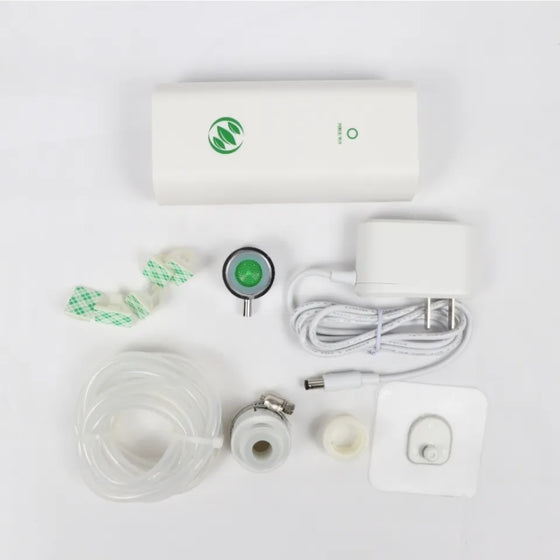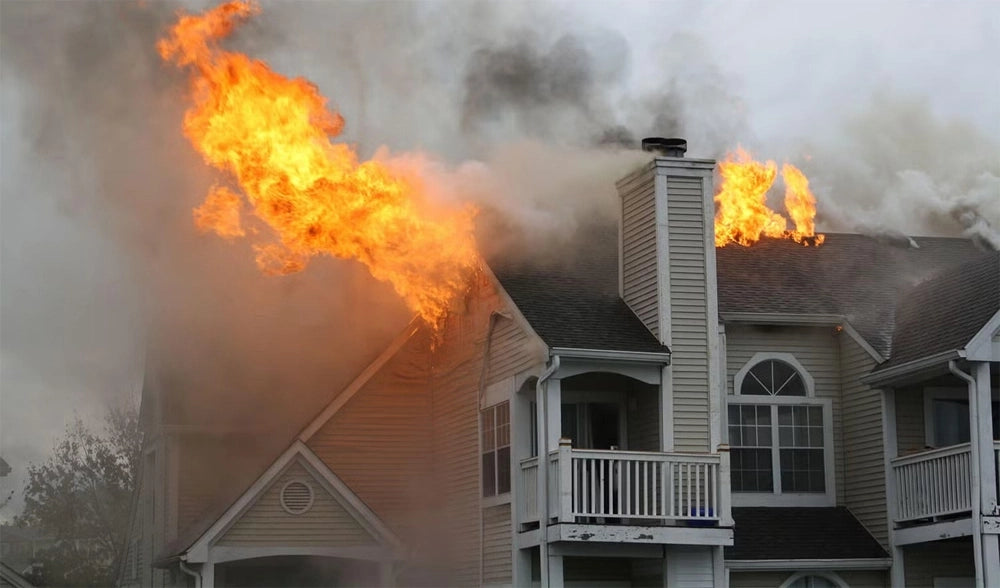How Ozone Can Remove Mold and Odors in an Attic?

Mold and mildew are often a problem in attics. The high humidity and lack of sunlight can create the perfect environment for these fungi to grow. Not only are they unsightly, but they can also cause health problems. Ozone can help to get rid of mold and odors in an attic, making it a safer and more pleasant place to live or work.
The mold spores must come into touch with a moist surface in order to develop and become visible. This is why mold may often be observed after an incident. Mold has a characteristic stench that increases in strength as time passes and is left untreated. Mold thrives in humid or wet places, such as bathrooms, laundry rooms, or basements following water damage.
As aforementioned, mold usually begins in damper areas. If there is condensation near vents or windows, leaks, or floods have occurred, the chances of mold go up astronomically. Mold spores will looks for any surfaces that appear suitable to them for living (usually wet surfaces), so it’s pertinent to remember that mold can grow on nearly all types of materials. This includes drywall, carpets, cabinetry and concrete–mold has the ability live and prosper on these unlikely places.
- Homes
- Office Buildings
- Rental Properties
Using Ozone Generator to Remove Mold and Odors in an Attic
Unfortunately, traditional cleaning methods often fall short when it comes to removing these tough-to-tackle contaminants. But, ozone generators offer an effective solution. Ozone is a powerful oxidizer that breaks down smoke molecules and eliminates odors at their source. In addition, it destroys bacteria, mold, and other harmful microorganisms. As a result, ozone generators are an essential tool for mold removal.
Effectiveness of Ozone Generator for Mold Removal
You must keep in mind that to totally remove the mold odor, you must first remove the source of the scent. There is a widespread misconception that ozone may be used to eliminate mold and its smell. Ozone will reduce the foulness of the air, but it will not destroy or prevent all of the mold spores from germinating.
To completely resolve the problem, clean/remove any surface upon which Mold is detected, then apply ozone. By using ozone, you will not only remove the mold spores which are currently present and could potentially allow for the mold to regrow, but also eliminate any unwanted smells.
What Ozone Generators Can Do
· Odor Removal: Ozone is an extremely powerful oxidant that destroys unpleasant odors at their source (e.g., from smoke, cooking, mildew, pets, and others) by cleaving the long chain molecules responsible and permanently eliminating the smell.
· Mold Remediation: Ozone is lethal to molds, including toxigenic black mold. Not only does ozone eliminate mold and mildew odor, but it also makes the removal process safer.
· Sanitization: Ozone is a powerful sanitizer that can eliminate viruses, bacteria, and fungi, making it an essential tool for maintaining microbiological control.
· Allergen Elimination: If you suffer from allergies, indoor ozone shock treatment is a great way to get rid of dust mites, pollen, and other allergens.
· Natural Disasters: Ozone has been shown to be an effective means of cleaning up indoor spaces impacted by floods, tornados, wild fires, and earthquakes.
· Chemical Pollutants: By using ozone, one of nature’s most powerful oxidizing agents, VOCs such as benzene, formaldehyde, methylene chloride and others can be destroyed.
· Commercial Agriculture: Ozone can be used for odor control and broad-based disinfection in agriculture, which can help to prevent diseases.
How to Safely Use Ozone Generator
Ozone generators are a common way to sterilize air and water. They work by producing ozone, a highly reactive form of oxygen that can effectively kill bacteria and viruses. However, ozone generators can also be dangerous if used improperly.
The high concentrations of ozone produced by these devices can be toxic to humans and animals, so it is important to take precautions when using them. When using an ozone generator, be sure to keep the device in a well-ventilated area. Additionally, it is important to avoid breathing in the ozone gas directly. If you must enter an area that has been treated with ozone, be sure to wear a respirator or other protective gear.
By following these simple guidelines, you can safely use an ozone generator without putting yourself at risk.
New Arrivals
Leave A Reply
Your email address will not be published. Required fields are marked *
